During these uncertain times and forced periods of isolation, nature can be a great way to escape and relax.
Research has shown that bird 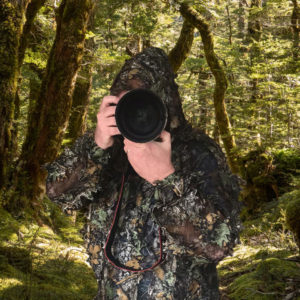 watching is good for your mental health and reduces stress. Researchers say people living in areas with more birds have lower levels of depression, anxiety and stress than those that do not.
watching is good for your mental health and reduces stress. Researchers say people living in areas with more birds have lower levels of depression, anxiety and stress than those that do not.
I recently joined The Parish Post team when i heard they needed someone to help with the local website, having worked in Digital Design and specialist technical web roles for the past 13 years this was the perfect opportunity for me to get involved. Being a keen nature and wildlife photographer and fan of all things nature gives us too, I can quite often be seen hiking around the local area with my camera (not in the camouflage suit I hasten to add) looking for more of the large variety of bird species we have here right on our doorstep.
In this article I will show you some of the birds which are in our area and encourage you to go out and see how many of them you can spot. All the pictures below have been taken by me, either in Twitchen, Clunbury or on walks over Clunbury Hill. Wherever i can i’ll also tell you where they were seen so you can get out, take a stroll and see what nature is on your doorstep.

Brambling
Bramblings are a regular visitor over the winter months to our area, they can often be seen in the hedgerows beside the road or if you’re really lucky, you may get one dropping into your garden and will hang around the bird feeders once it realises there is a free meal.

Common Buzzard
Common Buzzards are quite abundant on Clunbury Hill and in the early winter months it will seem like their numbers have increased. Well they have, as you’ll see both the adults and this years young soaring around Clunbury Hill.

ChiffChaff
Large numbers of ChiffChaff’s can be seen on Clunbury Hill, usually from March until September when they migrate off to the Mediterranean and Western Africa where they spend the winter months.
The call of a ChiffChaff is quite distinctive, just listen out for the ‘chiff chaff, chiff chaff, chiff chaff’ sound and you’ll know what i mean.
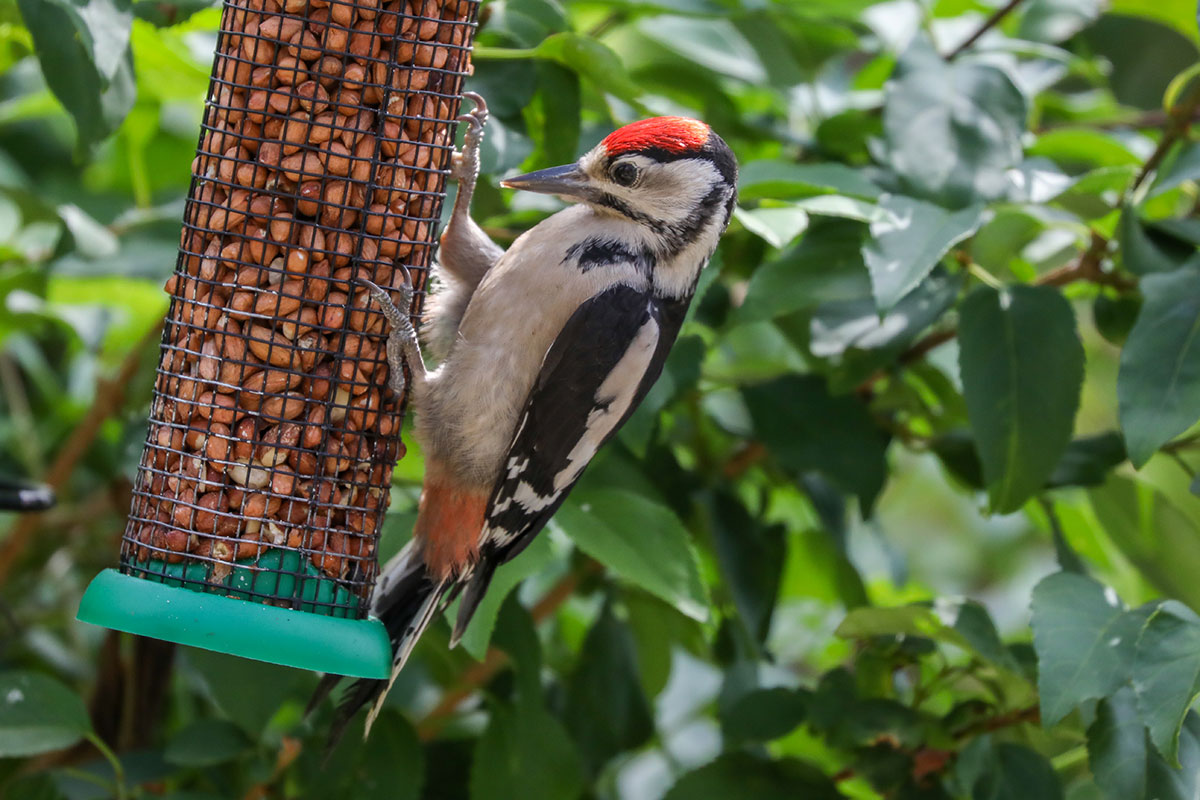
Great Spotted Woodpecker
Great Spotted Woodpeckers are quite common around the area but tend to be very skittish birds. They will come down to any feeders in your garden, usually they head for the peanuts as the fat content in these is quite high. They do go quiet for a period in spring to have their young, but will then return to the feeders more than ever whilst trying to find enough food for the youngsters.
You can tell the adults and young birds apart by the position of the red on the head. The one in the picture here is a young Woodpecker, they have a red crown whereas the adults have a black crown and a distinctive red patch on the back of it’s head.
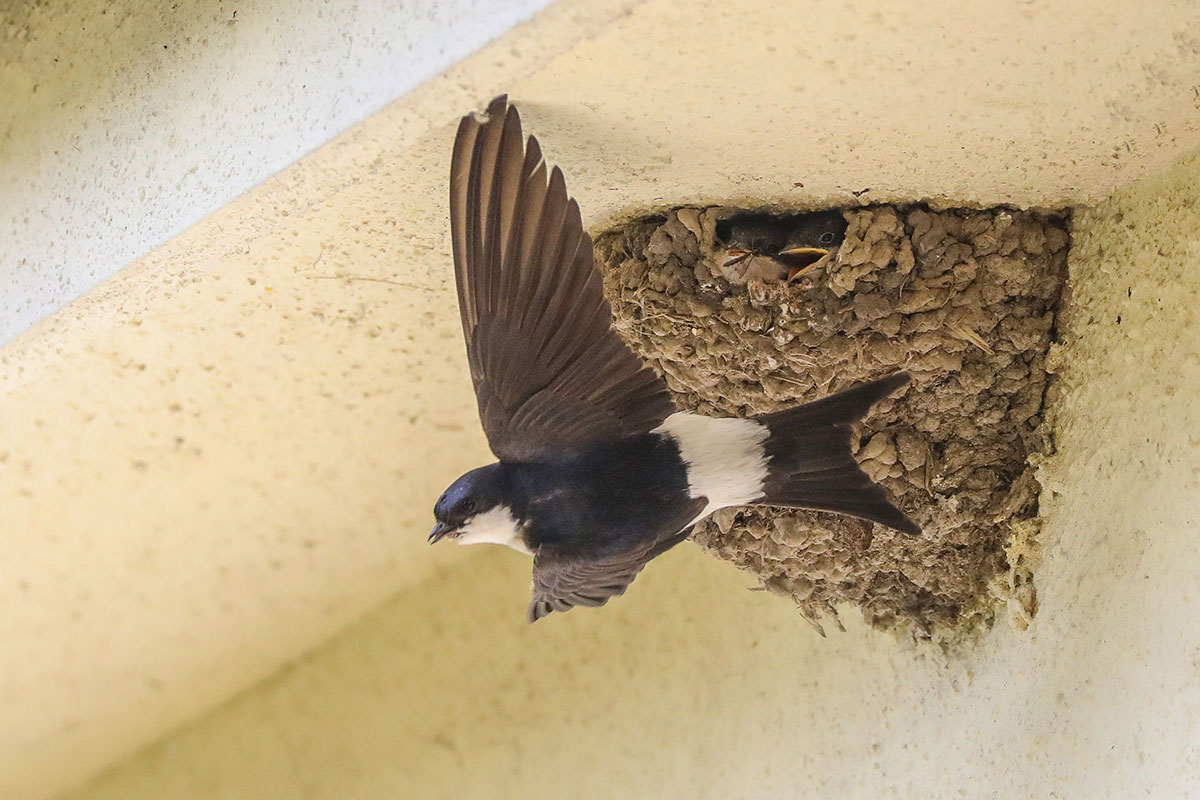
House Martins
If you’re anything like me, seeing the House Martins arrive in the spring is such a magical time. Knowing they have made the epic 6000 mile journey all the way from Africa and return to the nesting areas around our homes that i know so many people here have. They will raise either one, two or in exceptional years, three sets of young before taking off back on another migratory journey for another year.

Lesser Redpoll
Lesser Redpolls are quite distinctive with a pale body and red across the top of it’s head.
The can mainly be seen in this area of the Autumn and Winter periods and their favourite way of feeding is by hanging upside down in birch and alder trees.
They do tend to stray into gardens during this time of year and you’ll quite often see them with a flock of Goldfinches feeding alongside. Keep your eyes peeled if you have a Nigar feeder as this the food they will go for.

Linnet
Linnets are declining in population massively over the past 30 years, but if you walk along the path towards Beambridge at the top of Clunbury Hill you may get lucky and see them in the trees beside the pathway.
I have seen a dozen or so all together making their way along the trees parallel with where i was walking. As you can see from the photo, they have quite distinct markings and although their call is very soft, they all tend to call together when in flight.

Meadow Pipit
Meadow Pipit’s can be seen in numbers around the top of Clunbury Hill all year round.
A small, brown, streaky bird, the meadow pipit is the most common songbird in upland areas. Its high, piping call is a familiar sound. In flight it shows white outer tail feathers and in the breeding season it has a fluttering ‘parachute’ display flight.
In winter, they are quite gregarious and gather in small flocks, often invisible among the vegetation, suddenly flying up with typical jerky flight.
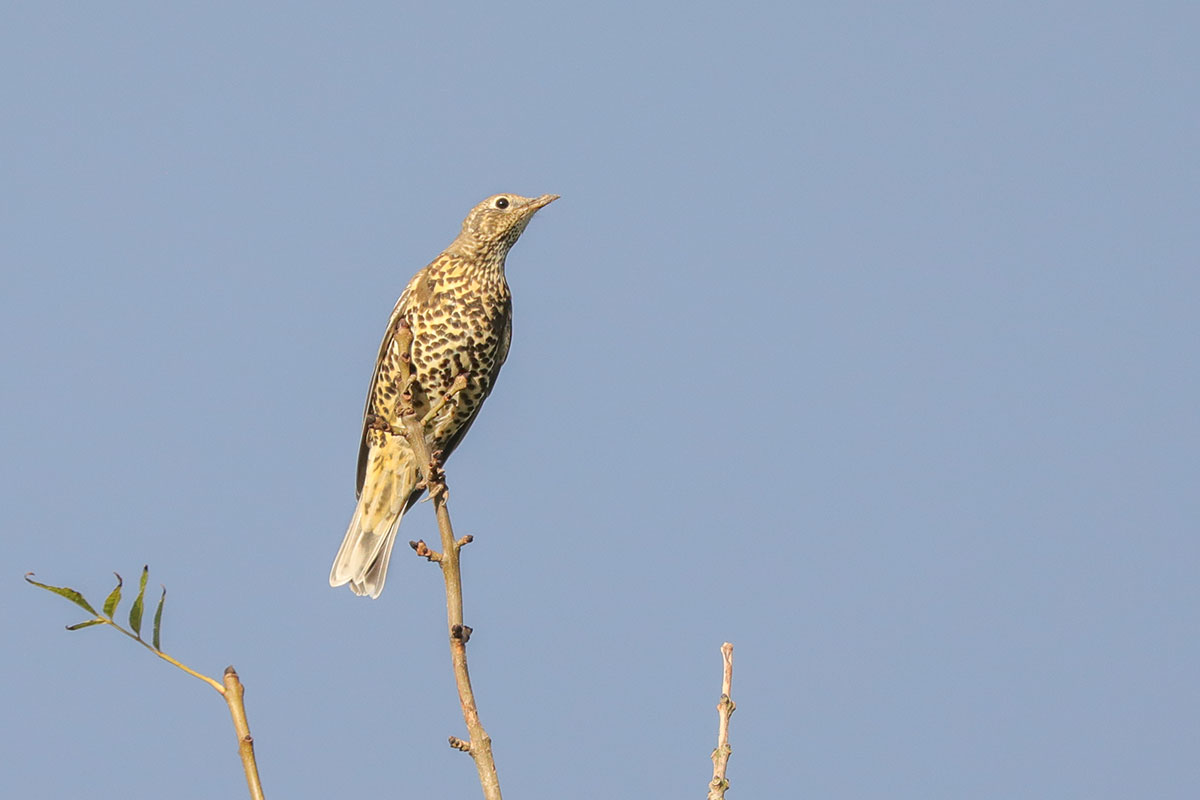
Mistle Thrush
Mistle Thrushes can quite often be seen in the local area going from tree top to tree top.
You’ll know when they are around as they usually shriek their alarm call as they are flying, this sounds like one of those old fashioned football rattles.
Mistle Thrushes can easily be mistaken for Song Thrushes, the easiest way to tell the difference is that the Song Thrush has dark cheeks and the Mistle Thrush has whiteish cheeks. Binoculars are recommended to be able to tell for certain.
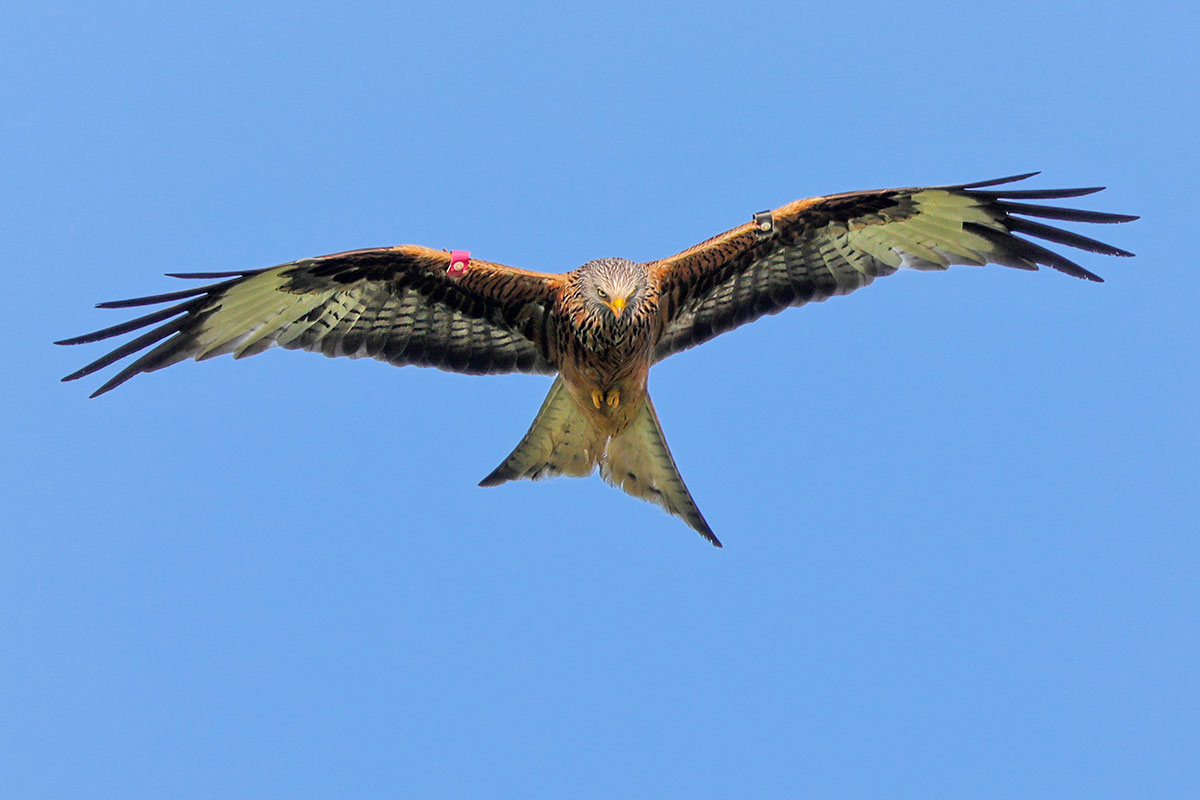
Red Kite
There are quite a number of Red Kites which tend to soar far and wide over Twitchen and Clunbury.
Earlier this year is was very lucky and got to accompany the only licenced Shropshire bird of prey warden to view a Red Kite nest at an undisclosed location on Clunbury Hill after i came across a Red Kite nest 60ft up in a tree with two chicks on it.
It caused quite a stir among the Shropshire birders as the adult turned out to be the oldest recorded Red Kite known in Shropshire, identified by Black and Cerise wing tags, look out for it as you might see it flying around. It was originally tagged back in 2009 so has survived well in the Clun Valley.
Although Red Kites are large birds of prey, they only eat carrion (dead prey) so rumours of them taking cats and pets are unfounded.
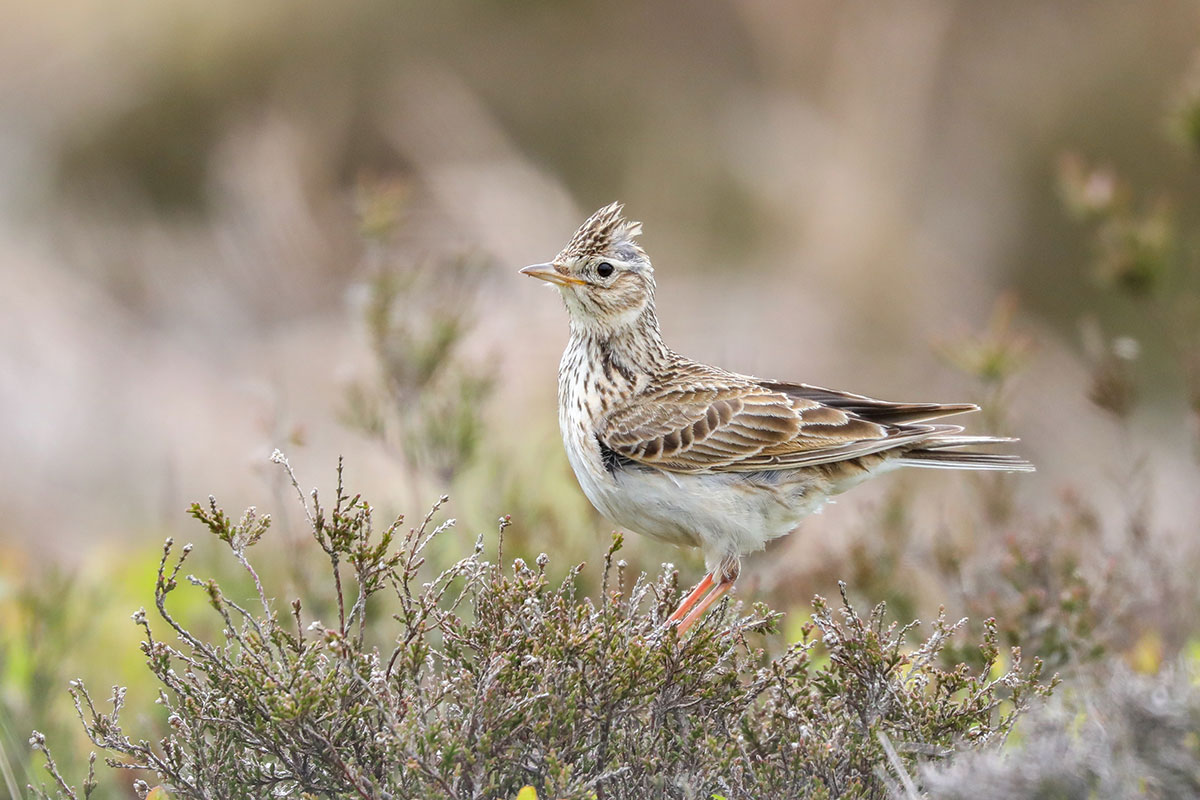
SkyLark
Skylarks are often heard in the sky, high up singing away.
But the open ground on the top of Clunbury Hill is a popular nesting ground for them in the Spring and you get the opportunity to see them perched on the ground as they drop down from their aerial songs.

Spotted Flycatcher
Spotted Flycatchers are quite rare anywhere in the UK but in Twitchen and Clunbury, i know of at least two properties where they return to each year and successfully raise young.
They are quite distinctive with the pattern down the front of their chest.
They are only around in the warmest summer months and over winter Africa and south western Asia.

Stonechat
There is a resident Stonechat at the top of Clunbury Hill, if you stand by the gate at the top and be patient, you’ll stand a very good chance of seeing it.
This image was taken on a fence post just up from the gate, it’s frequently there.
Stonechats are robin sized birds. Males have striking black heads with white around the side of their neck, orange-red breasts and a mottled brown back. Females lack the male’s black head, but have brown backs and an orange tinge to their chests. Birds are frequently seen flicking their wings while perched.

Tree Creeper
There are good numbers of Tree Creepers all around Twitchen and Clunbury.
You can often see them flying from tree to tree, where they grips with extended arched claws and move erratically around the trees.
They are a mottled brown colour above, white or whitish beneath, and have stiff tails, used in the manner of woodpeckers’ as support when climbing, and large feet with sharp, arched claws.

Yellowhammer
Yellowhammers are very pretty birds, with almost a canary look to them.
They are in large numbers on Clunbury Hill at this time of year (early winter) and can be seen in flocks flying between the hedgerows.
Male Yellowhammers are unmistakeable with a bright yellow head and underparts, brown back streaked with black, and chestnut rump. In flight it shows white outer tail feathers. They are often seen perched on top of a hedge or bush, singing.
It’s recent population decline make it a Red List species so we’re very lucky to have a large number locally.
Young Tawny Owl Calling
For a finale, here is a young Tawny Owl calling from a tree in my Twitchen garden late at night.
If you would like to see more of my images, many taken locally but others taken in locations worldwide, please visit www.uniquephotoarts.com